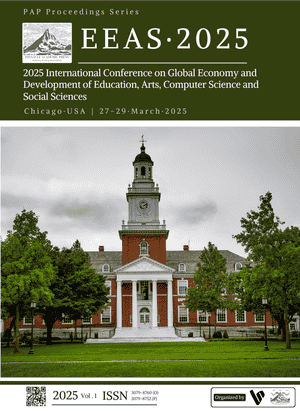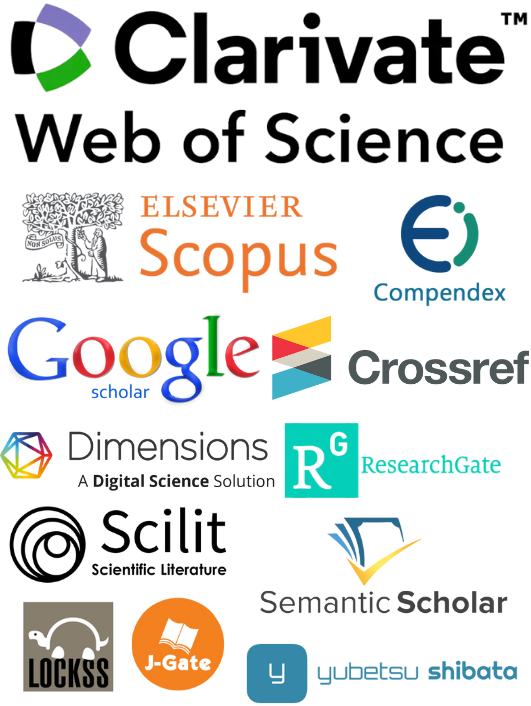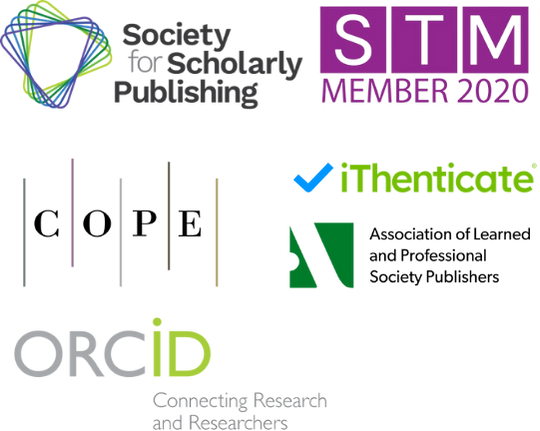Enhancing Polynomial Function Education in Secondary Mathematics through Python-Based Computational Tools: A Dual Approach to Theoretical Learning and Practical Application
Keywords:
polynomial functions, Python-based tools, secondary mathematics education, computational thinking, interactive learningAbstract
This paper explores the integration of Python-based computational tools in secondary mathematics education, specifically for enhancing the understanding and application of polynomial functions. It addresses the challenges posed by traditional teaching methods, which often involve complex mathematical concepts beyond the typical secondary curriculum. By implementing Python tools that allow students to input equations and receive immediate computational assistance, the study demonstrates how these technologies can support and simplify polynomial function education. This approach not only makes learning more accessible but also aligns with contemporary educational practices that emphasize interactivity and a student-centered approach to learning. Additionally, the paper discusses the balance between using computational tools and traditional methods to foster a comprehensive understanding of mathematical principles. The implications for future educational practices and the development of computational thinking are also considered, emphasizing the potential benefits and limitations of technology in educational settings.
References
1. M. Živković, S. Pellizzoni, I. C. Mammarella, and M. C. Passolunghi, “Executive functions, math anxiety and math performance in middle school students,” Br. J. Dev. Psychol., vol. 40, no. 3, pp. 438–452, 2022, doi: 10.1111/bjdp.12412.
2. S. B. Belhaouari, M. H. F. Hijab, and Z. Oflaz, “Matrix approach to solve polynomial equations,” Results Appl. Math., vol. 18, p. 100368, 2023, doi: 10.1016/j.rinam.2023.100368.
3. T. Duff, A. Leykin, and J. I. Rodriguez, “U-generation: Solving systems of polynomials equation-by-equation,” Numer. Algo-rithms, vol. 95, no. 2, pp. 813–838, 2024, doi: 10.1007/s11075-023-01590-1.
4. D. J. Bates, A. J. Sommese, J. D. Hauenstein, and C. W. Wampler, Numerically Solving Polynomial Systems with Bertini, Phila-delphia, PA, USA: SIAM, 2013. ISBN: 9781611972696.
5. A. Santamaría-Galvis and R. Woodroofe, “Shellings from relative shellings, with an application to NP-completeness,” Discrete Comput. Geom., vol. 66, no. 2, pp. 792–807, 2021, doi: 10.1007/s00454-020-00273-1.
6. P. Breiding and S. Timme, “HomotopyContinuation.jl: A package for homotopy continuation in Julia,” in Mathematical Soft-ware—ICMS 2018: Proc. 6th Int. Conf., South Bend, IN, USA, Jul. 24–27, 2018, pp. 458–465, Springer. ISBN: 9780387982816.
7. L. Blum, F. Cucker, M. Shub, and S. Smale, Complexity and Real Computation, New York, NY, USA: Springer, 2012, doi: 10.1007/978-1-4612-0701-6.
8. J. Pérez, E. Dapena, J. Aguilar, and G. Carrillo, “Reinforcement learning for estimating student proficiency in math word problems,” in Proc. 2022 XVII Latin Amer. Conf. Learn. Technol. (LACLO), Oct. 2022, pp. 01–06, IEEE, doi: 10.1109/LACLO56648.2022.10013399.
9. A. N. Jensen, “Tropical homotopy continuation,” arXiv preprint arXiv:1601.02818, 2016, doi: 10.48550/arXiv.1601.02818.
Downloads
Published
Issue
Section
License
Copyright (c) 2025 Yixuan Li (Author)

This work is licensed under a Creative Commons Attribution 4.0 International License.



